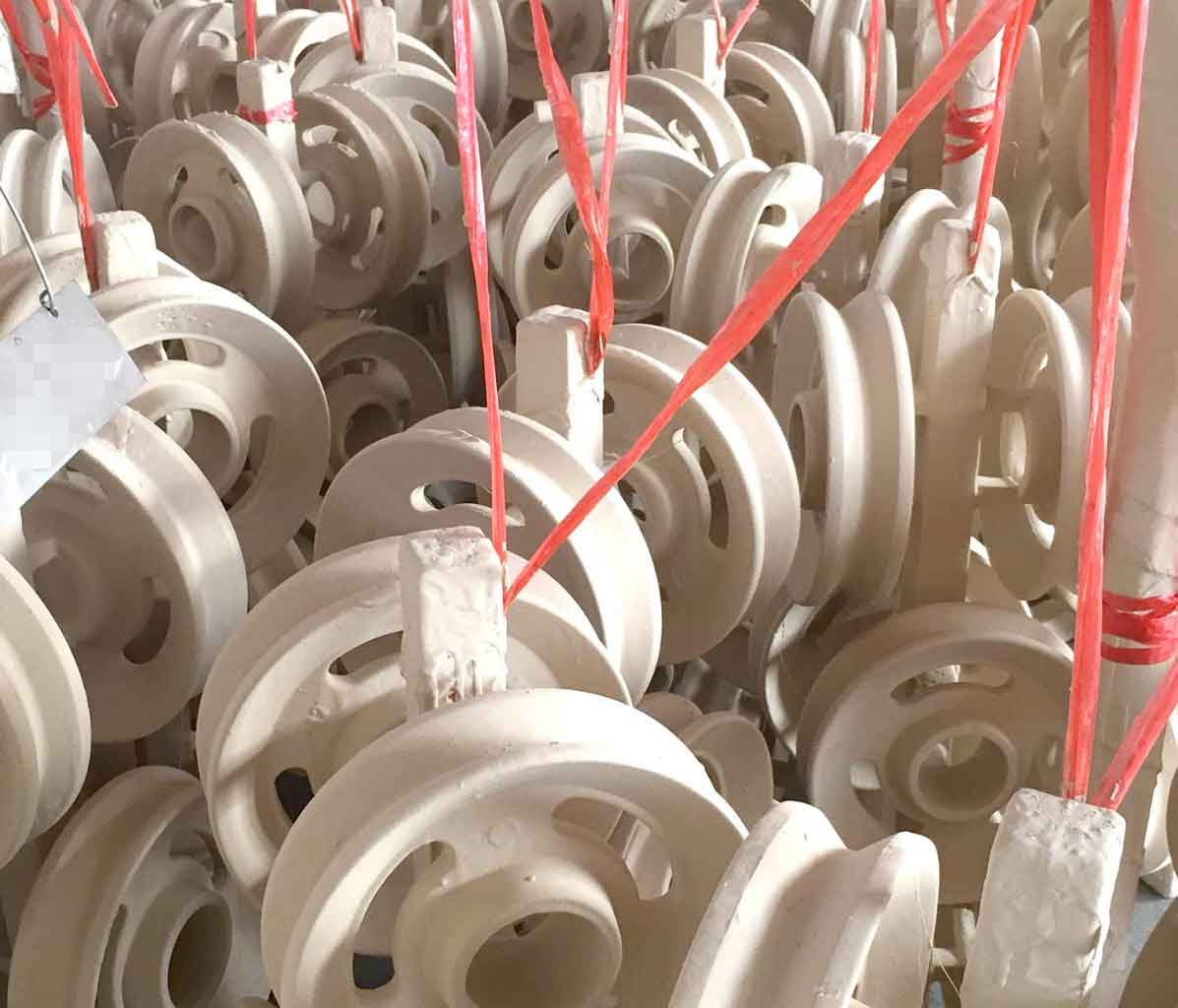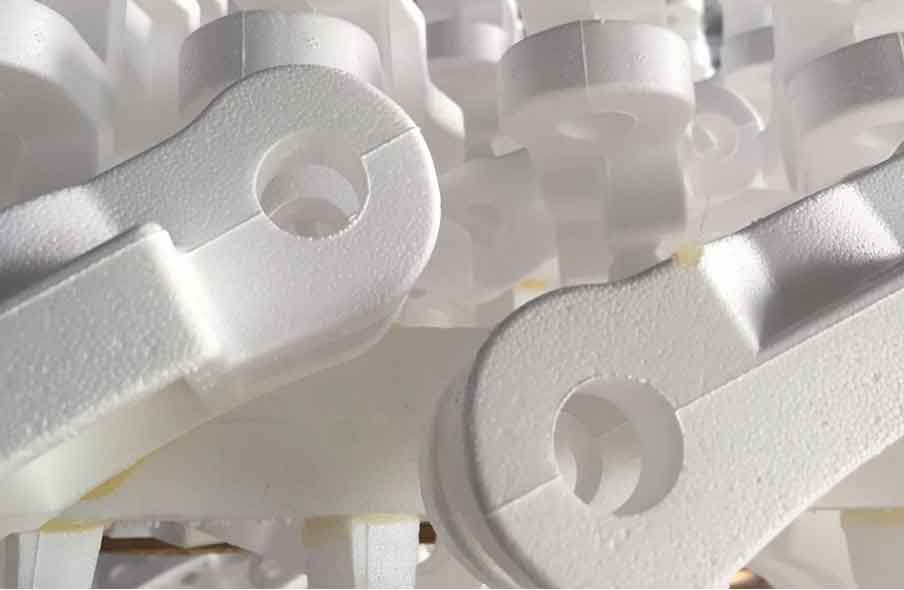Lost foam casting method was first successfully tested by American h.f.shroyer in 1956, and was published in the form of patent on April 15th, 1958 (Patent No.: 2830343). At that time, it was called cavity free casting. It was first used to make art castings. The early art castings that were successfully cast were the bronze Pegasus and ductile iron bell frames of MIT. In 1962, a.wittmoser, a professor of asien University of technology in Federal Germany, developed and applied it in industry under the name of “full mold process”.

In the early lost foam casting process, carbon dioxide sodium silicate sand is generally used for molding. Due to the low strength of foam mold, poor thermal stability, smoke during pouring, and environmental pollution, it is bound to put forward new requirements for molding materials and methods. From 60 years to the beginning, h.nnellen of the Federal Republic of Germany invented the dry sand lost foam casting method. In 1964, t.r.smith of the United States applied for the patent of binder free dry sand lost foam casting method. Subsequently, h.b.dieter of the United States, r.d.butler and r.j.pope of British steel rolling Co., Ltd. all systematically studied the dry sand method.
In 1967, a.wittmoser learned from others’ experience and successfully studied the magnetic molding method using magnetizable molding material (iron shot) as molding sand and magnetic force as binder, which was announced at the International Foundry Exhibition held in Duesseldorf, Federal Republic of Germany, in 1968. However, due to the limitations of the magnetic mold casting process itself – the magnetic mold molding machine limits the size and shape of products, the assembly and combination of mold making and pattern, coating and other processes are more complex, and it is difficult to achieve automatic production. The environmental pollution caused by the black smoke of the pyrolysis products of foam plastic mold, as well as the carburization of steel castings, pores and wrinkles of iron castings have not been effectively solved.

In 1967 and 1969, e Kryzanowsky, Akita Co., Ltd. and Nagano Industrial Testing Institute of Japan invented the vacuum sealing molding method, abbreviated as V method. This method uses plastic film to seal the mold and compact the mold with the help of vacuum negative pressure. On this basis, a new molding method, Lost foam casting vacuum molding method, abbreviated as FV method, was developed.
In 1970, the lost foam casting technology, which used to focus on single piece production, achieved mass production due to the use of binder free molding sand. This great progress has aroused great attention of all countries, which is also related to the end of the patent period of lost foam casting and the continuous improvement of casting quality requirements after the first oil crisis. In the United States, automobile manufacturers invested heavily in the construction of lost foam casting plants or production lines. In 1980, the automatic production line mainly producing aluminum castings became a reality.
